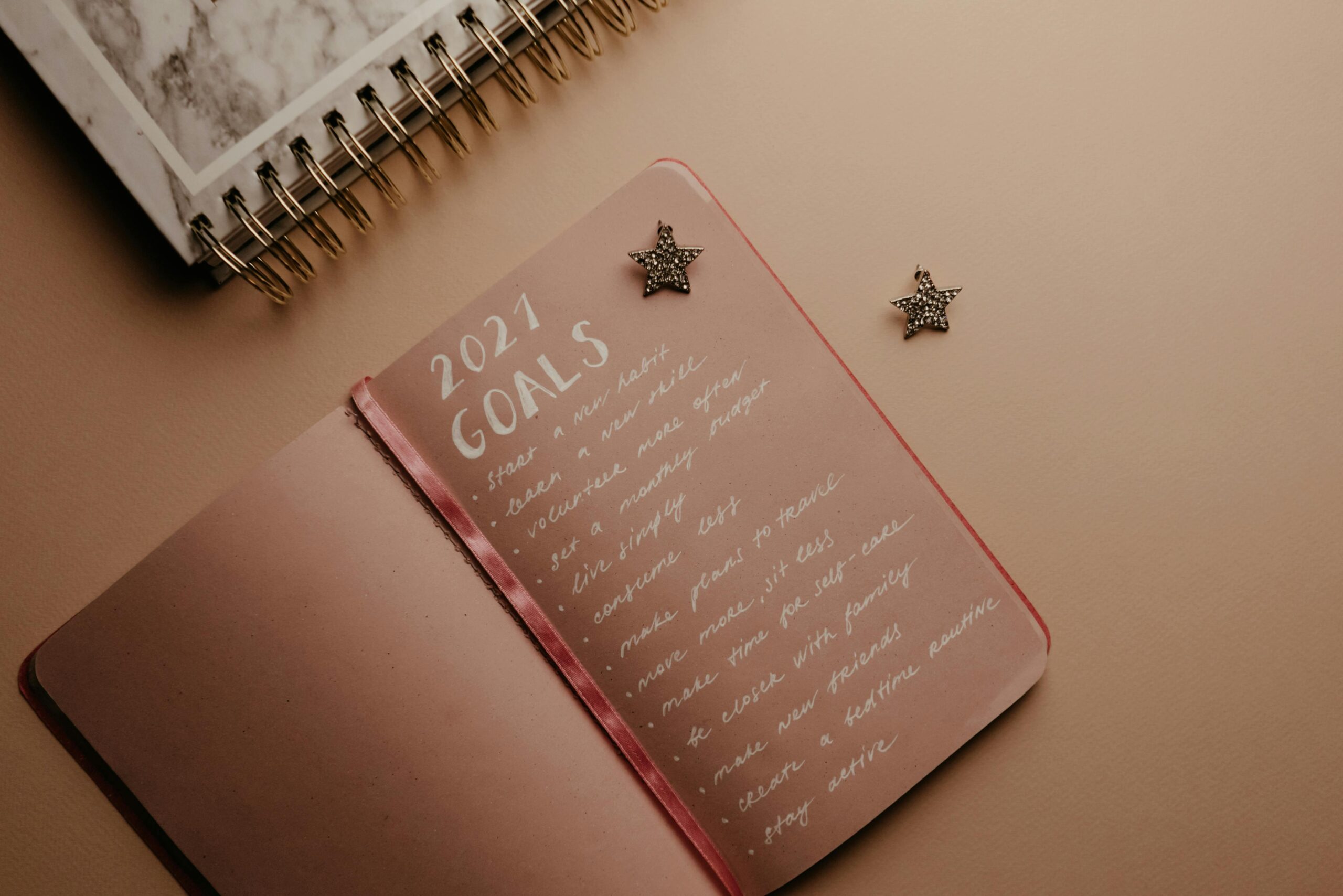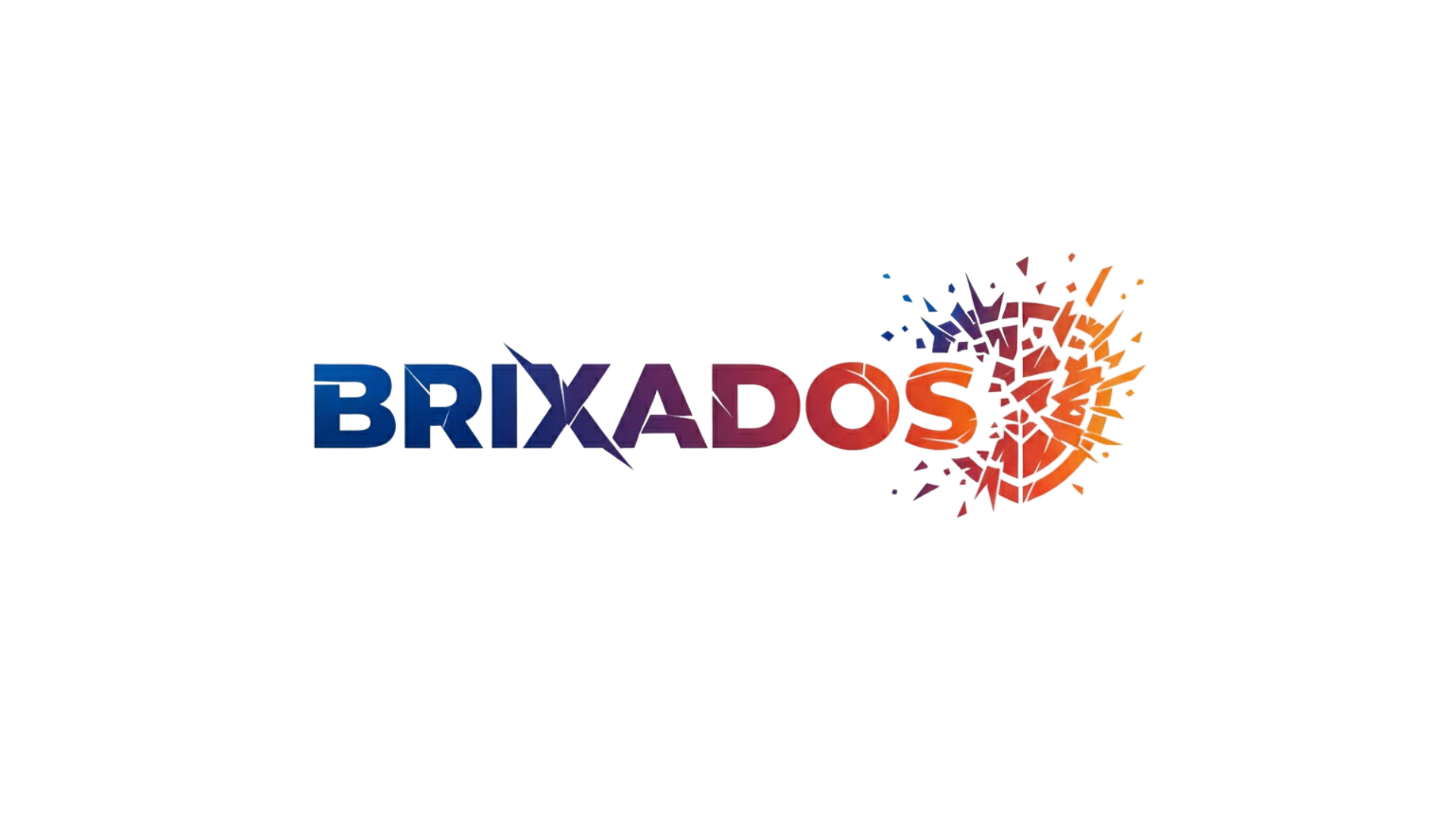Dreams hold the keys to understanding who we truly are, and keeping a dream journal opens doors to profound self-discovery and personal growth.
Every night, your mind creates a private theater of symbols, emotions, and narratives that reflect your deepest thoughts, fears, and desires. Yet most of these nocturnal adventures fade within minutes of waking, taking with them valuable insights about your inner world. Dream journaling transforms these fleeting experiences into lasting resources for personal development, offering a direct pathway to understanding your subconscious mind.
The practice of recording dreams has been valued across cultures for thousands of years, from ancient Egyptian dream books to Indigenous Australian traditions. Modern psychology has confirmed what mystics and philosophers long suspected: our dreams contain meaningful information about our psychological state, unresolved conflicts, creative potential, and authentic self.
🌙 Why Your Dreams Matter More Than You Think
Dreams are not random neural firings or meaningless mental static. Research in neuroscience and psychology reveals that dreaming serves critical functions for memory consolidation, emotional processing, and problem-solving. During REM sleep, your brain actively works through experiences, emotions, and challenges from your waking life.
When you dismiss your dreams as irrelevant, you’re ignoring a direct communication channel with your subconscious mind. This part of your psyche operates below conscious awareness, yet it influences your decisions, relationships, creative output, and emotional responses throughout your daily life.
Dream journaling creates a bridge between conscious and unconscious awareness. By recording and reflecting on your dreams, you begin to recognize patterns, recurring symbols, and themes that reveal hidden aspects of your personality, unacknowledged feelings, and unexplored potential.
The Transformative Benefits of Dream Journaling
Maintaining a consistent dream journal delivers benefits that extend far beyond simple curiosity about your nighttime adventures. This practice fundamentally changes how you understand yourself and navigate your waking life.
Enhanced Self-Awareness and Emotional Intelligence
Dream journaling develops your capacity for introspection and self-reflection. As you record your dreams, you naturally begin examining your emotional responses, behavioral patterns, and psychological tendencies. This heightened self-awareness translates into better emotional regulation, improved decision-making, and more authentic relationships.
Dreams often present emotions in pure, unfiltered form. You might experience intense joy, terror, sadness, or rage in dreams, revealing feelings you’ve suppressed or overlooked during waking hours. By acknowledging these emotions in your journal, you integrate them into conscious awareness where they can be processed healthily.
Problem-Solving and Creative Breakthroughs
Many scientific discoveries, artistic masterpieces, and innovative solutions have emerged from dreams. The periodic table, the structure of DNA, and classic songs like “Yesterday” by The Beatles all originated in dream states. Your dreaming mind approaches problems from novel angles, freed from the logical constraints of waking consciousness.
When you journal your dreams, you preserve these creative insights that might otherwise vanish. Many people report finding solutions to work challenges, relationship dilemmas, or creative blocks hidden within their dream narratives.
Improved Dream Recall and Lucid Dreaming
The simple act of recording dreams significantly improves your ability to remember them. This creates a positive feedback loop: better recall leads to more detailed journal entries, which further strengthens your dream memory. Over time, you’ll remember multiple dreams per night with vivid clarity.
Enhanced dream recall also paves the way for lucid dreaming—becoming conscious within your dreams while maintaining the dream state. Lucid dreaming offers extraordinary opportunities for personal exploration, facing fears in a safe environment, and experiencing adventures limited only by imagination.
🖊️ How to Start Your Dream Journaling Practice
Beginning a dream journal requires minimal resources but maximum commitment. The practice itself is simple, though maintaining consistency demands intention and discipline.
Choose Your Medium
You can maintain a dream journal using traditional pen and paper or digital tools. Physical journals offer the benefits of handwriting, which research suggests enhances memory and processing. Digital options provide searchability, backup capabilities, and convenience for middle-of-the-night recording.
Many dedicated dream journaling apps exist that offer features specifically designed for tracking dreams, including voice recording for immediate capture, symbol dictionaries, and pattern recognition tools.
Position Your Journal Strategically
Place your journal and pen (or device) within immediate reach of your bed. Dreams fade rapidly upon waking—often within 90 seconds. Having your recording method instantly accessible ensures you can capture dream memories before they disappear.
If using a smartphone, consider enabling a “do not disturb” mode that still allows you to access your journaling app without being distracted by notifications that might disrupt your dream recall.
Establish a Recording Routine
The most effective dream journaling happens immediately upon waking, before moving, speaking, or engaging with external stimuli. Train yourself to remain still with eyes closed for a moment, mentally reviewing your dreams before reaching for your journal.
Record whatever you remember without judgment or editing. Even fragments, single images, or vague feelings are valuable. Don’t wait until dreams feel “interesting enough” to record—every dream offers potential insights.
What to Record in Your Dream Journal
Effective dream journaling goes beyond basic plot summaries. Capturing specific elements provides richer material for later reflection and pattern recognition.
Essential Elements to Include
- Date and time: Note when you woke and recorded the dream
- Dream narrative: Describe the sequence of events, settings, and actions
- Characters: Identify who appeared, including aspects of yourself
- Emotions: Document feelings experienced during and after the dream
- Symbols and objects: Note significant items, animals, or recurring elements
- Colors and sensory details: Record visual, auditory, tactile, or other sensory experiences
- Waking life context: Mention relevant events or concerns from the previous day
- Personal associations: Add any immediate thoughts about possible meanings
Writing Techniques That Enhance Recall
Present tense narration creates immediacy and helps preserve the dream’s emotional impact. Instead of “I was walking through a forest,” write “I’m walking through a forest.” This technique keeps you engaged with the dream experience rather than distancing yourself from it.
Include sensory details that ground the dream in concrete imagery. Rather than “it was scary,” describe “my heart pounds as shadows move across the walls, and I smell something burning.”
Don’t worry about grammar, spelling, or coherence during initial recording. Dreams often contain illogical elements or impossible scenarios—preserve these exactly as experienced rather than making them conform to waking logic.
💡 Interpreting Your Dreams: Finding Personal Meaning
Dream interpretation is deeply personal. While dream symbol dictionaries can offer starting points, the most meaningful interpretations come from your own associations, experiences, and intuition.
Look for Patterns and Recurring Themes
After maintaining your journal for several weeks, review your entries looking for patterns. Do certain people, places, or situations appear repeatedly? Do you experience similar emotions across different dreams? These patterns often point toward significant themes in your psychological landscape.
Recurring nightmares typically signal unresolved issues requiring conscious attention. Rather than dismissing them as random disturbances, view them as your subconscious persistently attempting to bring something important to your awareness.
Consider Multiple Interpretation Levels
Dreams can be understood from various perspectives simultaneously. A dream about your childhood home might literally relate to family issues, symbolically represent your foundational beliefs, or reflect nostalgia for simpler times. All these interpretations can be valid concurrently.
Ask yourself probing questions: What aspects of the dream felt most significant? What associations do these symbols hold for me personally? How might this dream relate to my current life circumstances? What might my subconscious be trying to communicate?
Dialogue with Dream Characters
An effective interpretation technique involves imaginatively conversing with dream characters or elements. In your journal, write questions to a dream figure and then, without overthinking, write their responses. This active imagination technique, developed by Carl Jung, can reveal surprising insights.
Remember that all dream characters ultimately represent aspects of yourself. Even threatening figures or strangers embody rejected, unknown, or undeveloped parts of your own psyche seeking integration.
🚀 Advanced Dream Journaling Techniques
Once you’ve established a basic practice, these advanced techniques can deepen your self-discovery journey through dreams.
Dream Re-entry and Continuation
This technique involves returning to a dream while in a relaxed, meditative state. After recording a dream, close your eyes and visualize yourself back in the dream environment. Allow the dream to continue or unfold differently, observing what emerges.
Dream re-entry is particularly useful for incomplete dreams, nightmares you want to resolve, or dreams that left you with strong emotions or curiosity.
Creating a Personal Symbol Dictionary
As you journal over time, develop your own symbol dictionary documenting what specific images mean to you. Water might represent emotions, houses could symbolize the self, or driving might relate to life direction—but your personal associations matter most.
When a symbol appears repeatedly, note the context and emotions surrounding it each time. Your personalized symbol dictionary becomes an invaluable tool for quick interpretation.
Dream Incubation: Asking for Guidance
Dream incubation involves consciously requesting dreams about specific topics or questions. Before sleep, clearly state your question or intention, perhaps writing it in your journal. Focus on this inquiry as you drift toward sleep.
While answers may not arrive immediately or in expected forms, many people report receiving meaningful responses through dream incubation. The practice demonstrates that you can develop a collaborative relationship with your dreaming mind.
Overcoming Common Dream Journaling Challenges
Most people encounter obstacles when establishing this practice. Understanding common challenges helps you persist through initial difficulties.
“I Don’t Remember My Dreams”
Everyone dreams multiple times each night, but not everyone remembers. Improve recall by setting a clear intention before sleep: “I will remember my dreams.” Ensure adequate sleep duration, as longest REM periods occur in later sleep cycles. Avoid alcohol and certain medications that suppress dream recall.
Initially, you might remember only fragments or feelings. Record these anyway. The practice of recording, even minimal content, signals to your brain that dreams matter, gradually improving recall.
Maintaining Consistency
Life’s demands make daily journaling challenging. On rushed mornings, record just keywords or voice memos that you can expand later. Even brief notes preserve essential elements for future reflection.
Rather than viewing missed days as failures, simply resume when possible. Consistency matters more than perfection. Even journaling a few times weekly provides substantial benefits.
Dealing with Disturbing Content
Nightmares and disturbing dreams can make journaling uncomfortable. Remember that dreams provide safe spaces to experience and process difficult emotions. Recording troubling dreams helps externalize and examine them, reducing their emotional charge.
If dream content consistently distresses you or relates to trauma, consider working with a therapist trained in dream work who can provide professional support.
🌟 Integrating Dream Insights into Daily Life
The ultimate purpose of dream journaling extends beyond understanding dreams themselves—it’s about applying dream wisdom to create positive change in your waking life.
Translate Insights into Action
After identifying patterns or receiving guidance through dreams, determine concrete steps you can take. If dreams repeatedly feature communication breakdowns, this might signal the need to address relationship issues directly. Dreams about being unprepared could motivate better planning and organization.
Create an action section in your journal where you note specific commitments inspired by dream insights. Review these regularly to track how dream work influences your personal growth.
Share Selectively and Meaningfully
While dreams are deeply personal, selectively sharing them can strengthen relationships and provide additional perspectives. Discuss dreams with trusted friends, partners, or dream groups who approach them with respect and curiosity rather than judgment.
Dream sharing groups offer valuable opportunities to hear diverse interpretations and discover meanings you might have missed. Others’ perspectives can illuminate blind spots in your self-understanding.
The Lifelong Journey of Dream Exploration
Dream journaling is not a temporary experiment but a lifelong practice that evolves with you. Your dreams change as you grow, reflecting new challenges, relationships, and developmental stages. The journal becomes a record of your inner evolution, documenting your psychological journey through time.
Years of accumulated journals provide fascinating insights when reviewed. You’ll observe how concerns that once dominated your dream life have resolved, how your symbolic language has developed, and how your relationship with your inner self has deepened.
This practice cultivates humility about how much remains unknown within yourself. Even after decades of dream work, your dreaming mind continues producing surprises, challenging assumptions, and revealing new dimensions of your being.

✨ Your Dreams Are Waiting
Beginning a dream journal requires nothing more than commitment to paying attention to your inner world. This simple practice connects you with wisdom that exists within you but operates beyond conscious awareness. Your dreams offer guidance, creativity, emotional processing, and profound self-knowledge.
Every person possesses an inner landscape as vast and varied as any external geography. Dream journaling provides the map and compass for exploring this territory. The insights you gain will inform not just how you understand yourself, but how you navigate relationships, make decisions, express creativity, and move through the world.
Tonight, before sleep, place a journal beside your bed. Tomorrow morning, capture whatever fragments remain from your nocturnal journeys. This small act initiates a transformative relationship with the depths of your psyche. Your dreams have been waiting for you to pay attention—and the self-discovery they offer will exceed anything you can currently imagine.
The journey inward through dream exploration is simultaneously the most challenging and rewarding adventure available. It requires no travel, equipment, or external validation. Everything you need already exists within you, appearing nightly in the theater of your dreams. All that remains is to remember, record, and reflect on these precious messages from your inner self.
Toni Santos is a myth-psychology researcher and narrative writer exploring how archetypes, symbols and human story converge to shape mind, culture and meaning. Through his studies on the collective unconscious, comparative mythology and symbolic dream interpretation, Toni examines how the myths we tell reflect the patterns we live — and how awareness of these patterns can spark transformation. Passionate about hero’s journeys, mythic motifs and dream-language, Toni focuses on how story acts as both mirror and map for inner depth and growth. His work highlights the bridges between myth, psyche and culture — guiding readers toward a deeper encounter with themselves and the stories they carry. Blending psychology, mythology and narrative theory, Toni writes about the hidden architecture of meaning — helping readers understand how symbols, stories and dreams shape experience and identity. His work is a tribute to: The power of myth to reveal the unseen structures of psyche The journey from archetype to individual lived story The art of dream-language as a path to wholeness Whether you are a storyteller, psychologist or traveller in the inner landscape, Toni Santos invites you to explore the mythic dimension of mind — one symbol, one myth, one insight at a time.




